6 things Samsung must improve for the Galaxy S6
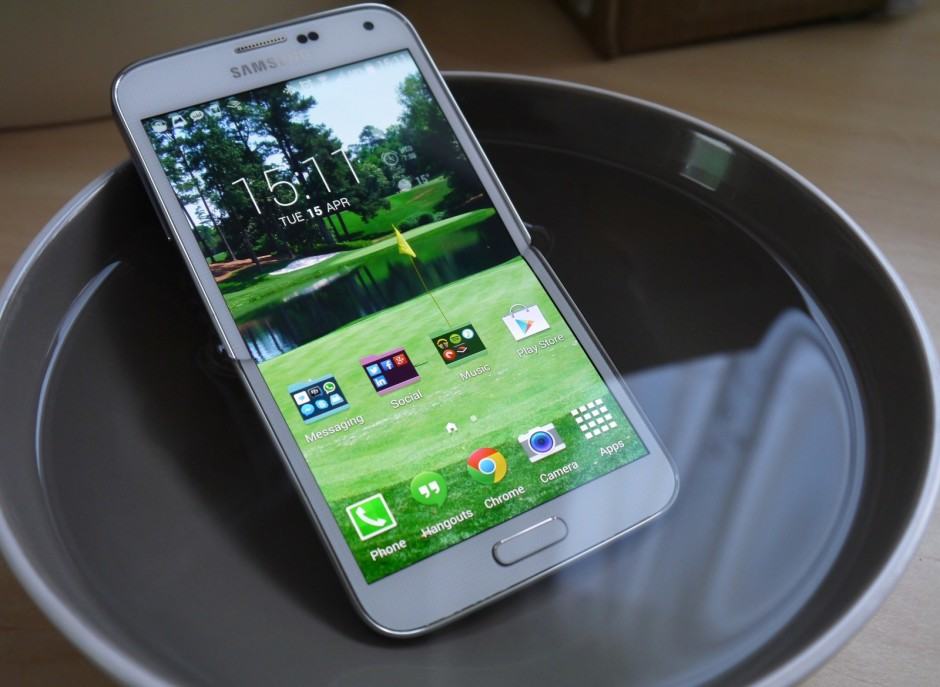
Compared to the Galaxy S4, Samsung’s latest flagship comes with a number of major improvements — including a water-resistant IP67 form factor, a stellar 16-megapixel camera, great battery life, and a top-notch Super-AMOLED display.
However, the Galaxy S5 is far from perfect, and there are a number of issues that Samsung must improve next year with the Galaxy S6. We’ve compiled a list of the handset’s biggest weaknesses, based not only on our own experiences, but those of the community, too. If Samsung can fix these things next time around, the Galaxy S6 could be every smartphone owner’s dream.
Design
Ever since the Galaxy S3 was released, Samsung has been criticized for how cheap and ugly its flagship handset look — and yet the company has made no effort to fix them with the S5.
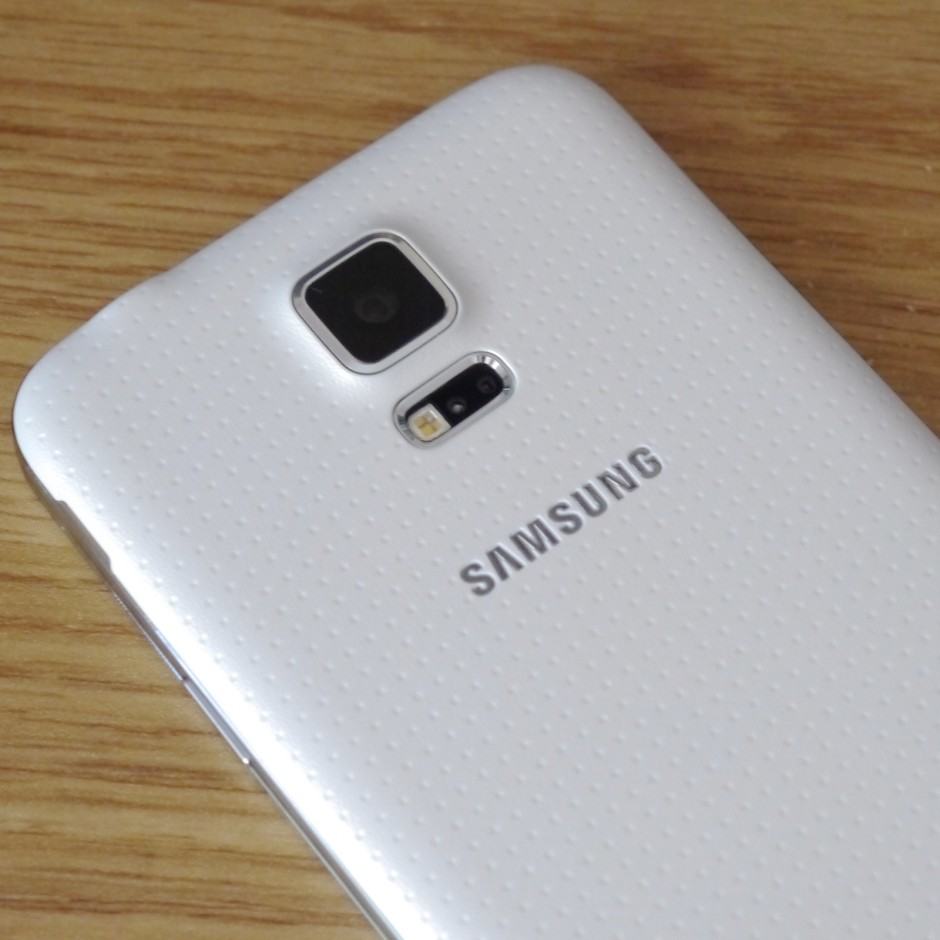 The device follows the same design language as every other Galaxy-branded handset from Samsung, making it almost indistinguishable as a flagship smartphone. In front of the likes of the Xperia Z2, the iPhone 5s, and the HTC One M8, the Galaxy S5 looks awfully dated with a design that is reminiscent of devices from early 2010.
The device follows the same design language as every other Galaxy-branded handset from Samsung, making it almost indistinguishable as a flagship smartphone. In front of the likes of the Xperia Z2, the iPhone 5s, and the HTC One M8, the Galaxy S5 looks awfully dated with a design that is reminiscent of devices from early 2010.
However, there is already hope that this will change with the Galaxy S6. Samsung recently replaced Chang Dong-hoon, its chief mobile of design, with its VP of mobile design, Lee Min-Hyuk, following the criticism of the Galaxy S5. Here’s hoping that Lee realizes that a flagship handset needs a design that makes it standout from the crowd as well.
Speakers
Last year, HTC was the only company that included front-facing stereo speakers on its flagship handset. This year, however, Samsung is one of the few handset makers that has not offered stereo speakers with its flagship handset.
Both the Xperia Z2 and the HTC One M8 come with front-facing stereo speakers that greatly enhance the media experience on both — whether you’re listening to music, watching movies, or just playing games. The single rear speaker on the Galaxy S5 pales in comparison, and is barely audible in loud environments.
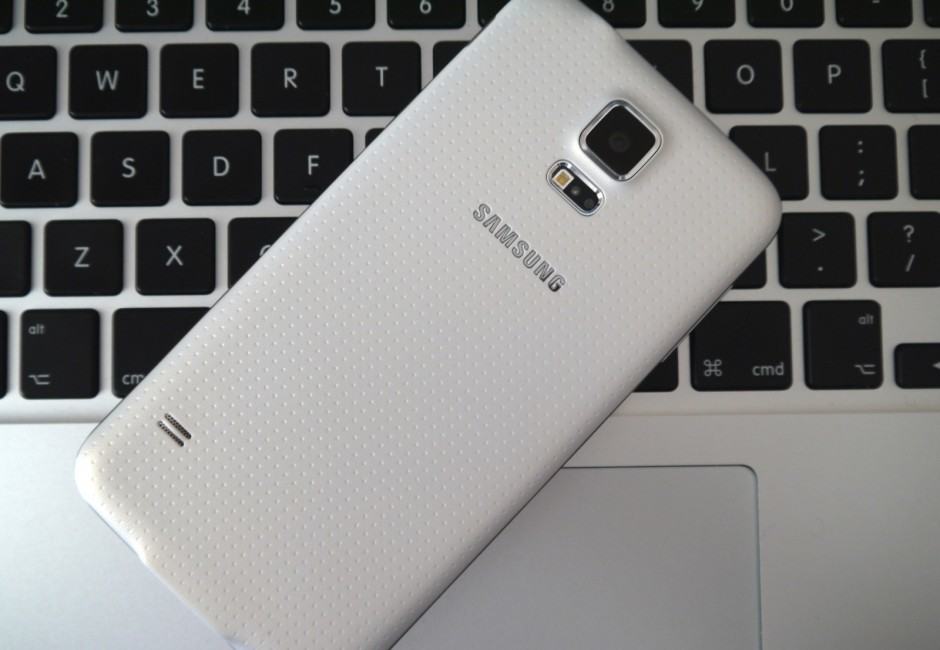
The single mono speaker on the back pales in comparison to the HTC One and Xperia Z2
While front-facing stereo speakers might seem like a trivial feature, they are almost like a revelation. Once you’ve experienced them, there’s no going back. One can hope that Samsung realizes the importance of speakers in smartphones and improves them on the Galaxy S6.
TouchWiz
With the Galaxy S5, Samsung gave TouchWiz a pretty hefty makeover with a flatter looking UI and a light blue theme. However, even the latest version of its interface is far from perfect — and packed with as many issues as there are features.
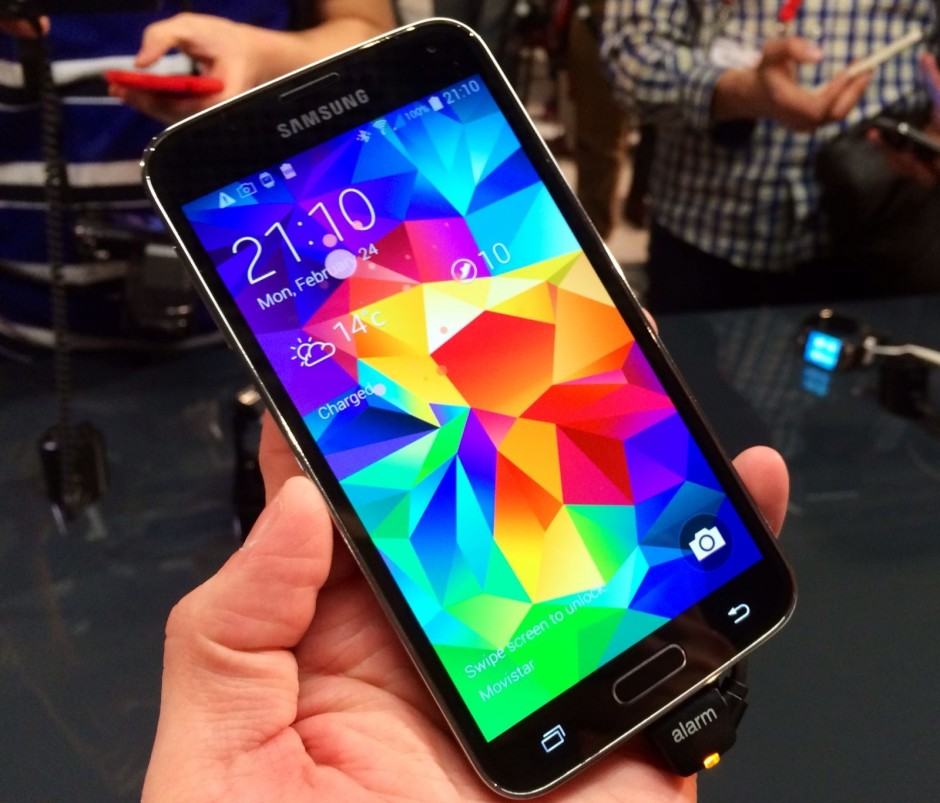 Some parts of the UI are a usability disaster, with others being just too complex to use. Samsung’s kitchen-sink approach is visible throughout, with tons of options and settings all over the place. Even long-time Android users will struggle to find them in places, so there’s little hope for newbies.
Some parts of the UI are a usability disaster, with others being just too complex to use. Samsung’s kitchen-sink approach is visible throughout, with tons of options and settings all over the place. Even long-time Android users will struggle to find them in places, so there’s little hope for newbies.
There are 61 icons in the Galaxy S5’s Settings menu.
Take the Galaxy S5’s Settings menu, for example. It has 61 icons — many of which appear more than once. What’s the deal with that?
TouchWiz has gotten prettier in places, but there’s still plenty of room for improvement. It cannot match the aesthetics of HTC’s Sense 6 interface — or indeed stock Android.
Bloatware
Samsung loves nothing more than to provide its users with as many features as it can. It doesn’t matter if they’re useful or not, as long as they can make its specifications list longer. The Galaxy S5 is a perfect example of this.
Most of the pre-loaded system apps on the Galaxy S5 make absolutely no sense — especially those that attempt to compete with Google’s own services, or popular alternatives that are already available from third parties.
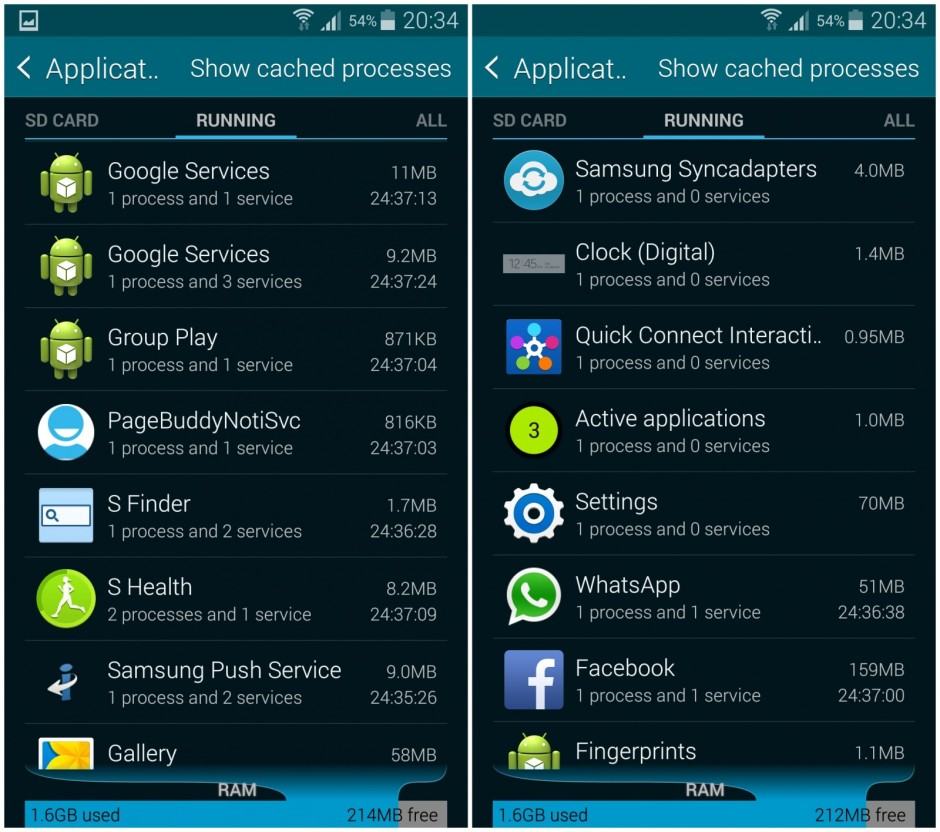
What makes it worse is most of this “bloatware” cannot be disabled or removed, which means they take up space on your device and continue running in the background, hogging resources and draining battery. A testament to this is the fact that the free RAM on the Galaxy S5 can easily drop to less than 200MB with just a few apps running.
One can only hope that Samsung comes to its senses and reduces the number of bloatware apps that it ships with its next flagship Galaxy handset. We can’t say we’re holding out too much hope for this one, though.
Camera
The 16MP ISOCELL camera on the Galaxy S5 is among the best in the smartphone industry right now. It can take some stunning photos in the right conditions with plenty of details. However, it lacks optical image stabilization (OIS), which leads to jerky videos and hazy photos.
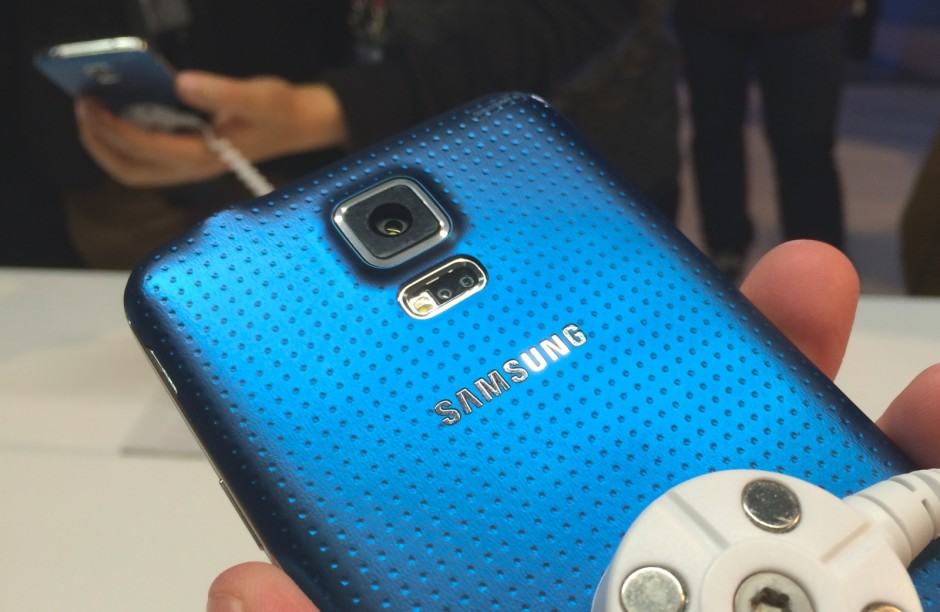
The 16MP camera is an excellent performer but the lack of OIS is its achilles heel.
The picture stabilisation mode greatly helps in improving the camera performance in low-light, but then it requires the subject of the photo to stay still for a few seconds after the shutter button has been clicked. All the best in explaining this to people around you and forcing them to stay still after they hear the shutter sound.
This might seem like a trivial issue to many, but once you actually start using the Galaxy S5’s camera on a day-to-day basis, you realize how big of an issue it actually is. Competing devices offer OIS, so Samsung’s flagships should, too.
Wireless Charging
The Galaxy S5 is the first high-end flagship handset from Samsung that offers an IP67 water-resistant design. The downside to IP-based protection is that Samsung has had to seal all of the ports on the S5, including the microUSB port.
This means that every time you need to charge your Galaxy S5, you will first have to remove the flap from the port, which is pretty tough to do if you don’t have long fingernails — and adds an additional hassle.
While the flap is necessary for protecting the phone’s internals against water, Samsung could have avoided this problem by including wireless charging on the Galaxy S5. The company does provide replacement back covers with wireless charging built-in, but ideally, the feature should be available on the Galaxy S5 right out-of-the-box.
The Galaxy S5 is by all means an excellent phone, but when compared to its competition, it feels awfully lacking and dated in certain areas. Samsung has long been criticized for its design and UI and its high time that the company finally focuses on fixing them.
The lack of wireless charging and optical image stabilization (OIS) are features that most smartphones already include in one form or another, so there is no excuse for Samsung to continue skimping on them.


